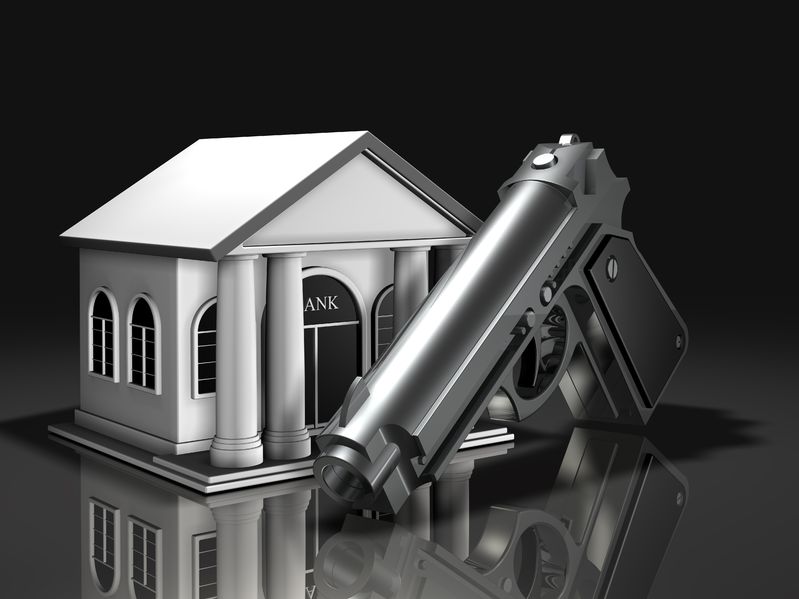
A robbery is a theft, but the property is taken either by sudden snatching, the threat of force, or the use of actual force. The punishment varies from 5 years prison up to life based on the level of force used, if masks were worn, and whether weapons were involved. Using a firearm during a robbery also triggers the “10-20-Life” statute, which requires a judge to sentence an offender to 10 years for using a firearm, 20 years for firing it, or 25 years-to-life if someone gets shot. Even if they never find the firearm, the State can still charge this based on the victim’s testimony alone. Vigorous cross examination of the victim about the limited time to view the object, their lack of familiarity with firearms, and the lack of any evidence that it was real is an important part of the defense.
This often arises when the alleged victim was involved in criminal activity but didn’t want to admit that to the police, so they lie about what really happened.
A robbery normally occurs at night. The victim is frightened and only has a few seconds to view the person. The description of the robber is often very vague and would match many in the population. When the police scan the area, they bring back an individual who looks most like the person described, which is often limited to the race and general clothing description. The victim then identifies the person standing in handcuffs (called a show-up identification) as the perpetrator, even though there is no physical evidence the person was involved.

To discuss your robbery case with Blaine, visit our Appointment page.
©2024 Blaine McChesney Law
Website by The Valley List